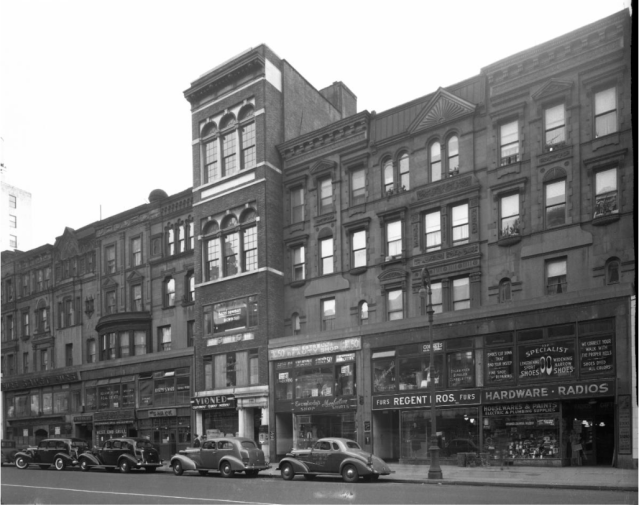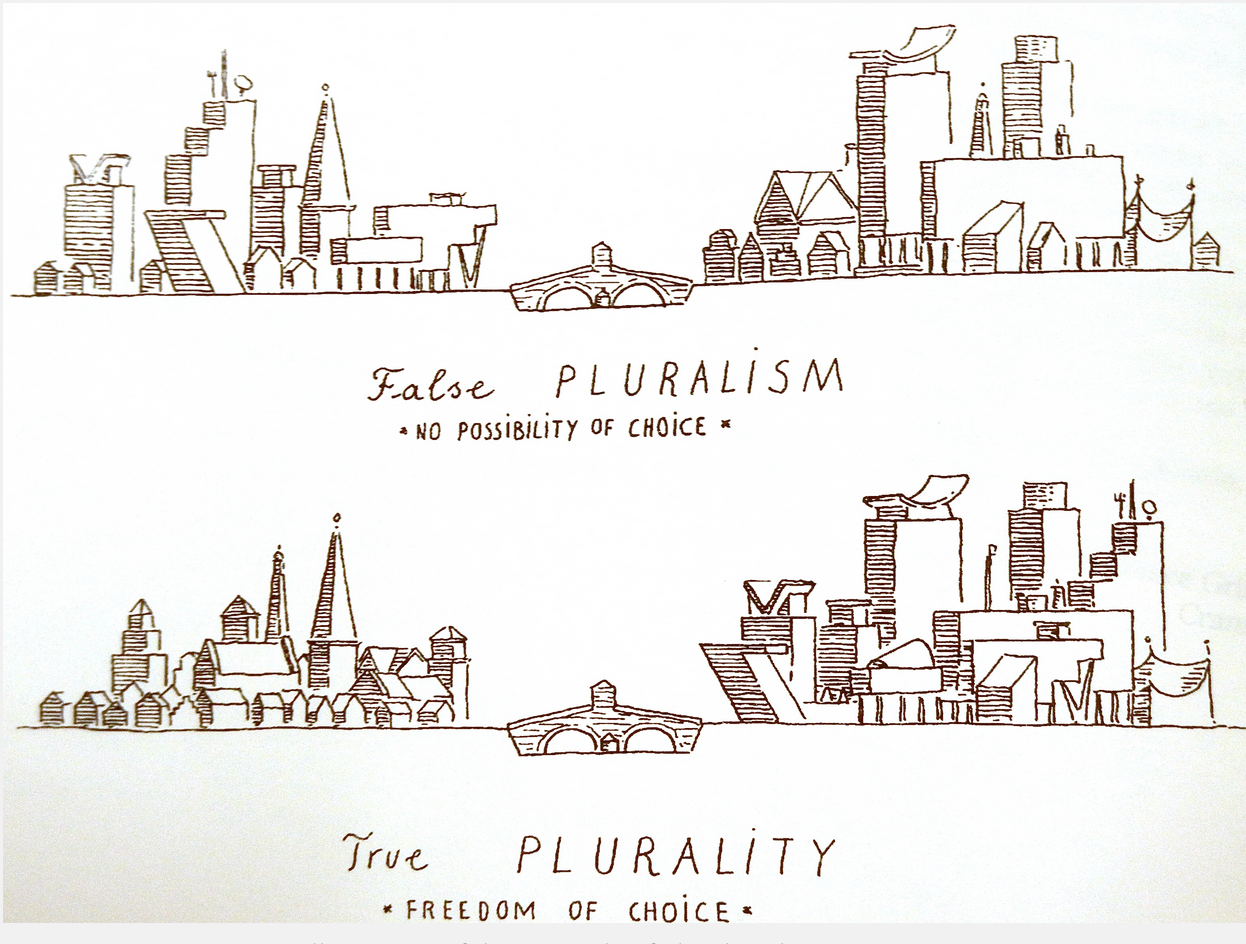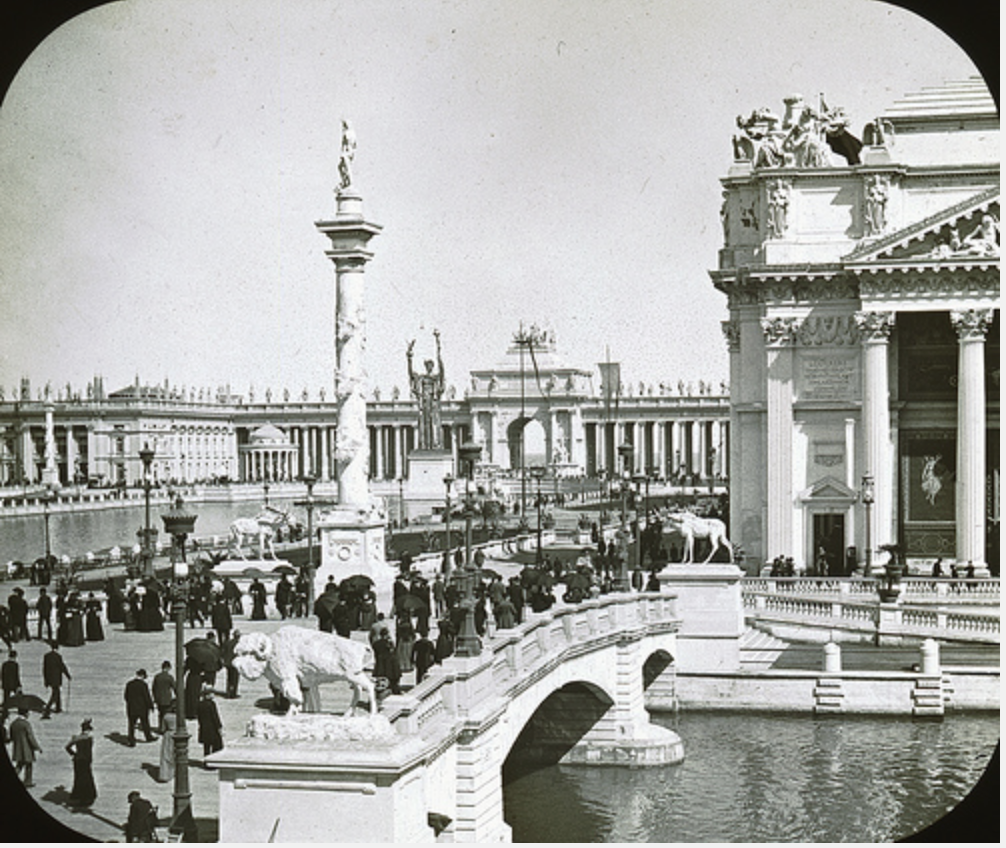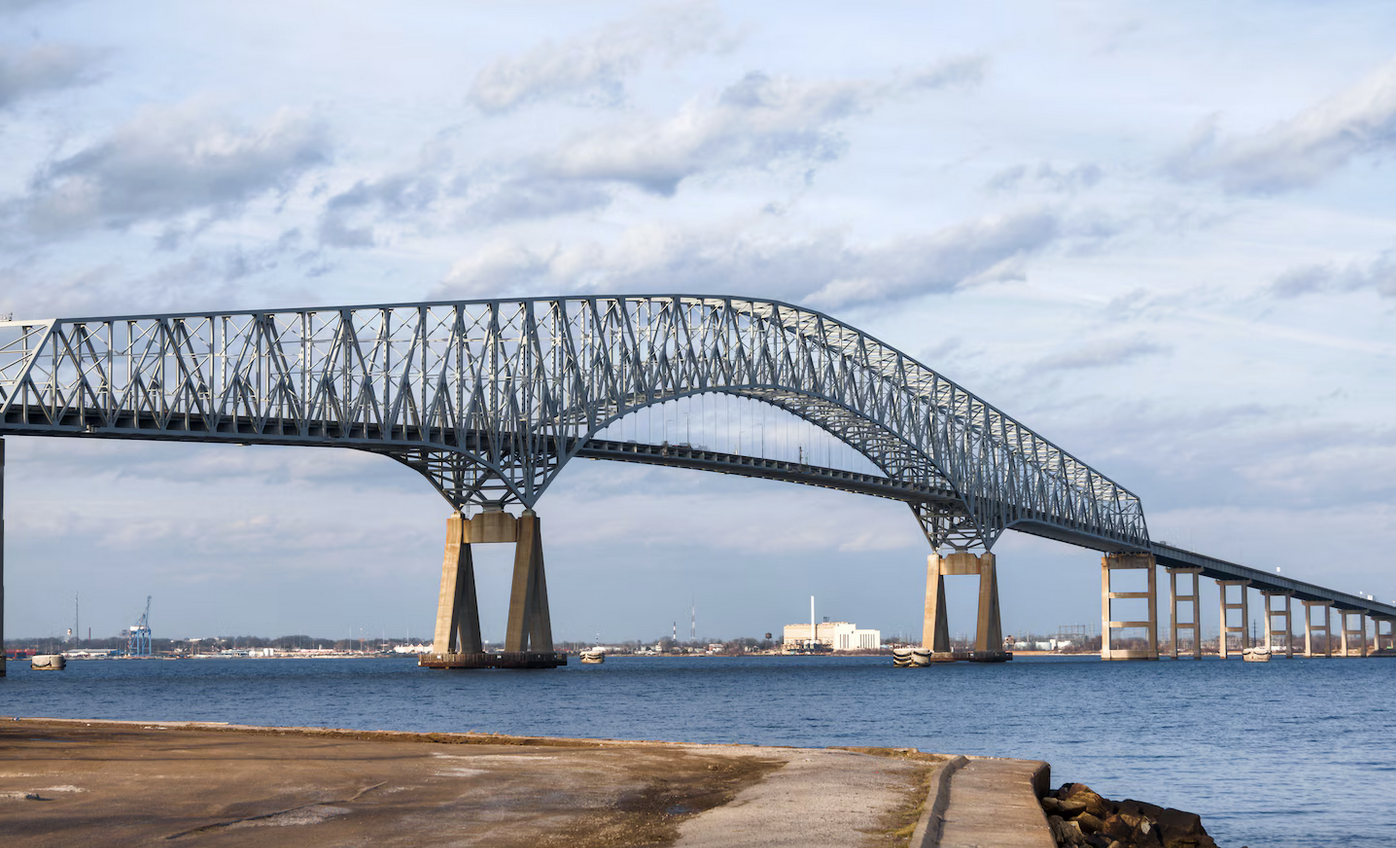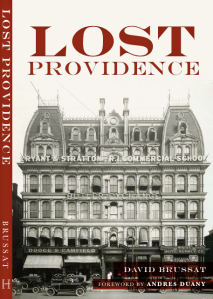
Adeline Slicer House (1887) still looks about the same as in 2003. (Photo by David Brussat.)
Little Compton’s town council will soon receive advice from this corner that was good when originally delivered in 2003, in my Journal column of Aug. 28 of that year as part of my “Outside Providence” series. The series looked at efforts in the other 38 cities and towns to maintain their historical character. Dr. Ara Sadaniantz asked me to offer the council advice on whether to adopt a proposed historic district for the Commons, along with a regime for rewarding good stewardship with plaques. I have done so, but since Little Compton is about as lovely as it has always been, my advice has not changed much since 2003. Below is a reprint of that ancient column. The photo at the top is of the same house more than 20 years later.
***
Wake up, Little Compton, wake up!
LITTLE COMPTON
Tracking down the origin of the name of the town of Little Compton on Tuesday evening took me even longer than driving there on Monday morning. Notes on Little Compton (1970), by Franklin Wilbour, was delightful but not helpful. Nor was the Rhode Island Historical Preservation & Heritage commission’s excellent 1990 survey of the town.
The Wilbour book does note that, in 1682, the General Court, in Plymouth, “graunted” that the place “shall from this time be a township, and have the liberties of a towne as other townes of this colonie and shall be called by the name of Little Compton.” But why? No reason is suggested.
Picturesque Rhode Island (1881), by Wilfred Munro, notes that Little Compton “probably took its name from Little Compton of Oxfordshire, England.” But the Encyclopaedia Britannica describes Oxfordshire as landlocked, and its long entry mentions no Little Compton. There is no separate entry for “Little Compton,” and the only entry under “Compton” is for a city in California. Founded in 1868, Compton’s 2000 population was 93,493 – 26 times that of Little Compton, which was 3,593.
Before its name was pulled out of the cocked hat of a magistrate in Plymouth, Little Compton was called Saconet, or Sagkonate – after the tribe led by Awashonks, queen sachem of the Sakonnets, a branch of the Wampanoag. It has since been known as Seaconnet, Saconnet, Sakonnet and, quaintly by the late Journal columnist David Patten, S’cunnet.
An irresistibly quaint bit of history is that Little Compton’s rights and privileges as a township had already been “graunted” by Plymouth in 1674, but nobody in Saconet realized it. This might be because King Philip’s War intervened in 1675. The war was won almost single-handedly by Capt. Benjamin Church (according to his diary). He was the first and possibly the only white inhabitant of Saconet to settle there before the war. He convinced Awashonks, of the Sakonnets, to break with King Philip, aka Metacomet, the Wampanoag sachem; he then led the force that tracked Philip down and killed him. (History suggests that Church’s diary did not exaggerate by much.) After the war, Church settled in Bristol but eventually returned to Little Compton. His descendants have since been ubiquitous in the town annals.
After 1663, Little Compton was claimed by both Plymouth and Rhode Island. But Little Compton favored Little Rhody. Twice in its early years, the town rejected Puritan civil authority. In 1683, it refused to pay a tax to support a minister. Ditto in 1692 – and to avoid the tax, it plotted to join Rhode Island. In both cases, Little Compton was brought to heel.
Still, the die was cast, and in 1746/1747 (the calendar changed from Julian to Gregorian that year), Little Compton became (with Warren) the 22nd (or 23rd) Rhode Island jurisdiction. Little has changed since then, and to this day little happens in town affairs that does not amount to resisting change.
My impression of Little Compton as a paragon of quaintness, a New England seacoast village preserved in amber, was only reinforced by my tour Monday with two leading citizens, Larry Anderson, of the Sakonnet Preservation Association, and Helen Bridge, of the Little Compton Historical Society.
Little Compton’s remoteness helped it to resist change, to remain lovely and wistful – “like the places one goes to on the way to sleep,” wrote Sarah Orne Jewett. In 1869, the Providence poet Sara Helen Whitman noted that “to journey by steamboat from Providence to Little Compton takes more time than it does to go by railroad to New York.” In 1886, as increasing numbers of wealthy summer residents arrived, Sarah Soule Wilbour noted, “I don’t think it adds to our happiness to have many city ways and fashions brought among us.”
This remains the town attitude, and attitude is the only force holding back the tide of modernity and its chief physical threat, modern architecture.
For a century, summer residents built summer houses that protected Little Compton’s charm. Most still do. But when, at last, the Thomas Marvell House (1940) reared its ugly head, the obstinate Yankees who have run the town refused to pass laws to protect Little Compton from modern architecture. To this day, only the town common, one house and the Sakonnet Point Light are on the National Register of Historic Places. The town has two monuments to the Rhode Island Red, but not a lick of historic-district zoning.
So attitude remains the only bulwark against modernism. One modernist house in plain view is derided as the “Third World Airport.” That’s the spirit! Most out-of-towners with modernist designs deflect scorn by building their clunkers out of view.
But this is changing. Precisely because change has come so slowly to Little Compton, the town will be surprised by how fast change can arrive. Modernity kills charm little by little, insidiously, like poison. Before anyone notices, it will be too late. Little Compton won’t look like Little Compton anymore.
Wake up, Little Compton, or else the place you go to on the way to sleep will be a nightmare.

